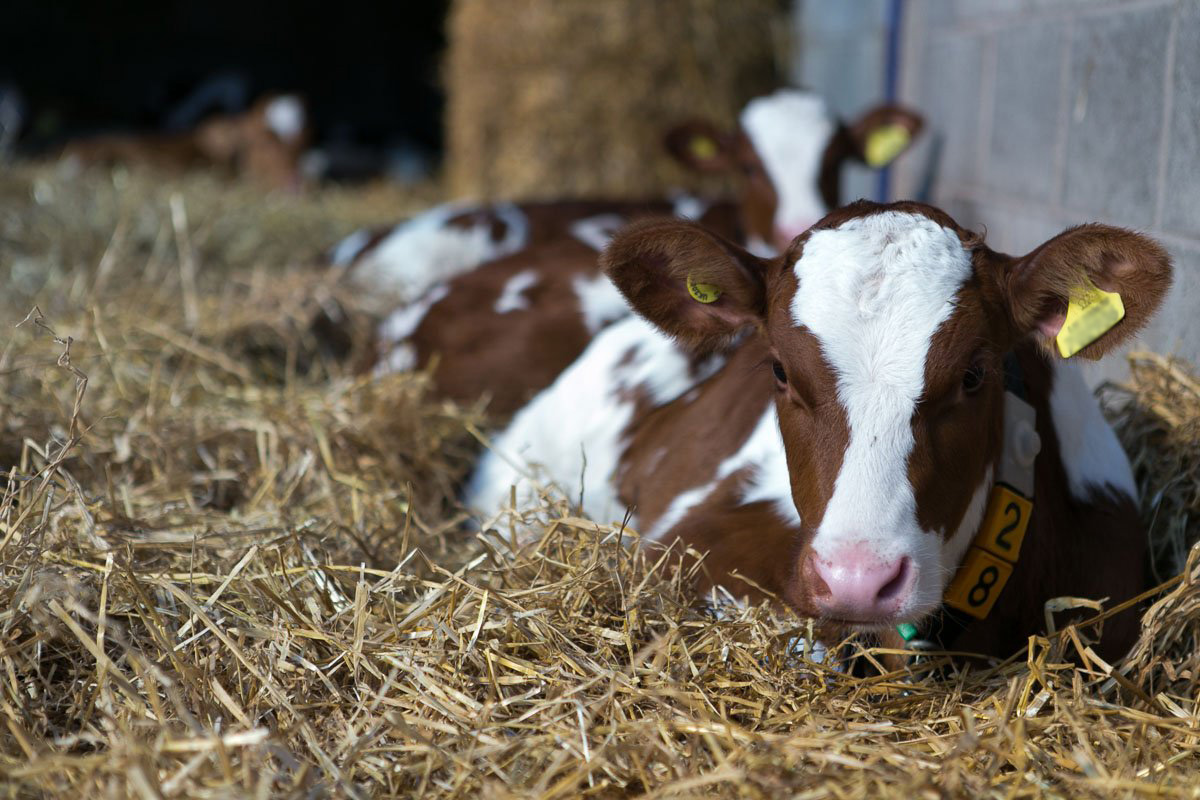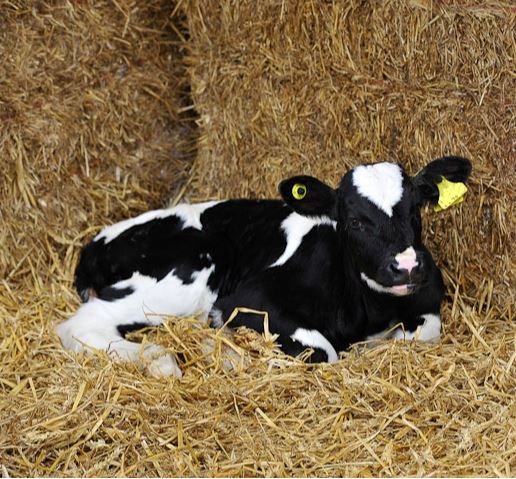- Home
- Knowledge library
- Preventing Respiratory Disease in Calves (PhD)
Preventing Respiratory Disease in Calves (PhD)
Summary
Key Findings
- The more time that calves are exposed to temperatures below their Lower Critical Temperature at a very young age (within the first 6-14 days of life), the poorer the performance that can be achieved in terms of daily liveweight gain
- Calves show an aversion to an increasing wind speed, so it is important to protect them from draughts
- Calves provide another source of particles and bacteria into the housing environment, so think about stocking rates within calf housing
Downloads
41110021_Final Project ReportAbout this project
The Problem
Respiratory disease is a major cause of calf ill-health and mortality. Well-designed calf housing provides the appropriate environment to promote calf health and growth. Early detection of disease is also important in reducing the impact of the disease in the herd and the use of antimicrobial drugs. It is well recognised that good ventilation is important for calf health, particularly for reducing pneumonia. However, there is increasing evidence that there is a conflict between providing adequate air flow for good respiratory health and the prevention of cold stress in calves in cold and/or wet conditions.
Aims and Objectives
The objectives are:
- To assess the use of thermal imaging as a way to measure core body temperature in calves (thermal imaging).
- To assess the effects of climatic conditions on the behavioural response of the pre-weaned calf (Behavioural response to air temperature and wind speed) as well as the performance of the calf in terms of daily liveweight gain as a measure of growth (Calf performance & environment).
- To examine the effect of a specific management decision, such a provision of bedding material of varying quality, on the quality of the air in calf housing (Air quality).
Results:
- Calves show an aversion to an increasing wind speed, so it is important to protect them from draughts
- The more time that calves are exposed to temperatures below their LCT at a very young age (within the first 6-14 days of life), the poorer the performance that can be achieved in terms of daily liveweight gain
- Calves provide another source of particles and bacteria into the housing environment, so think about stocking rates within calf housing
- Thermal Imaging cannot be reliably used in on-farm conditions to detect pyrexia in pre-weaned calves




